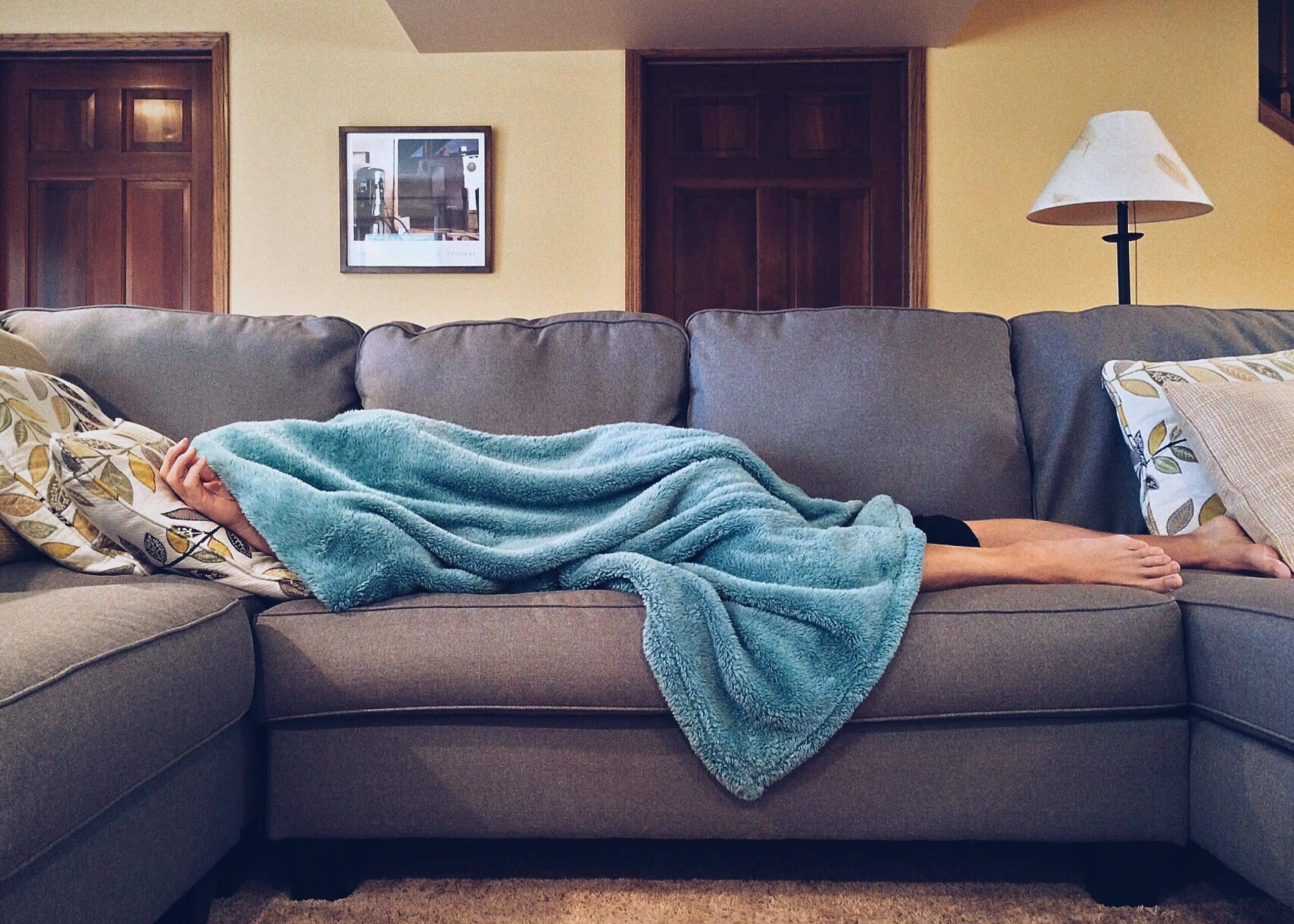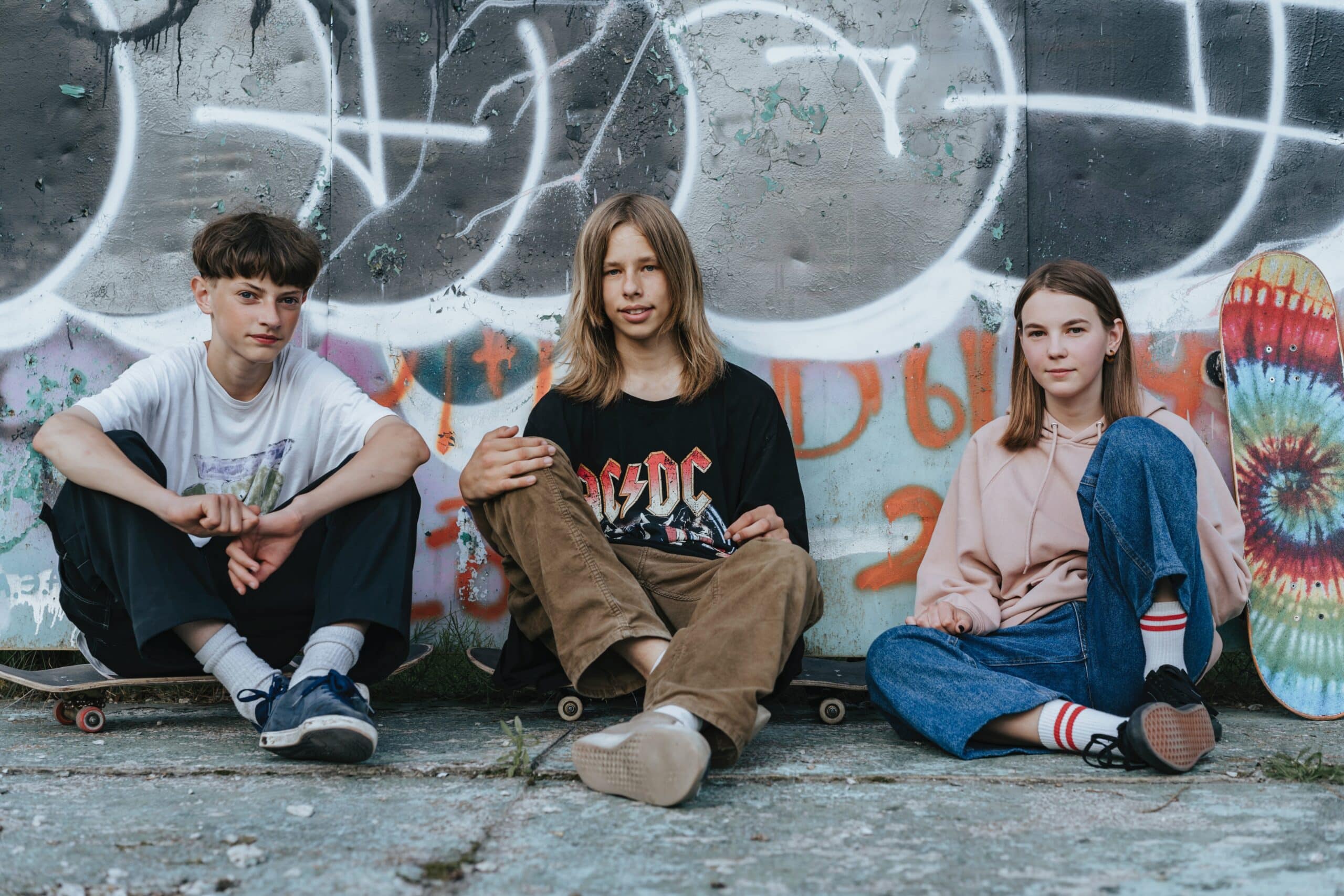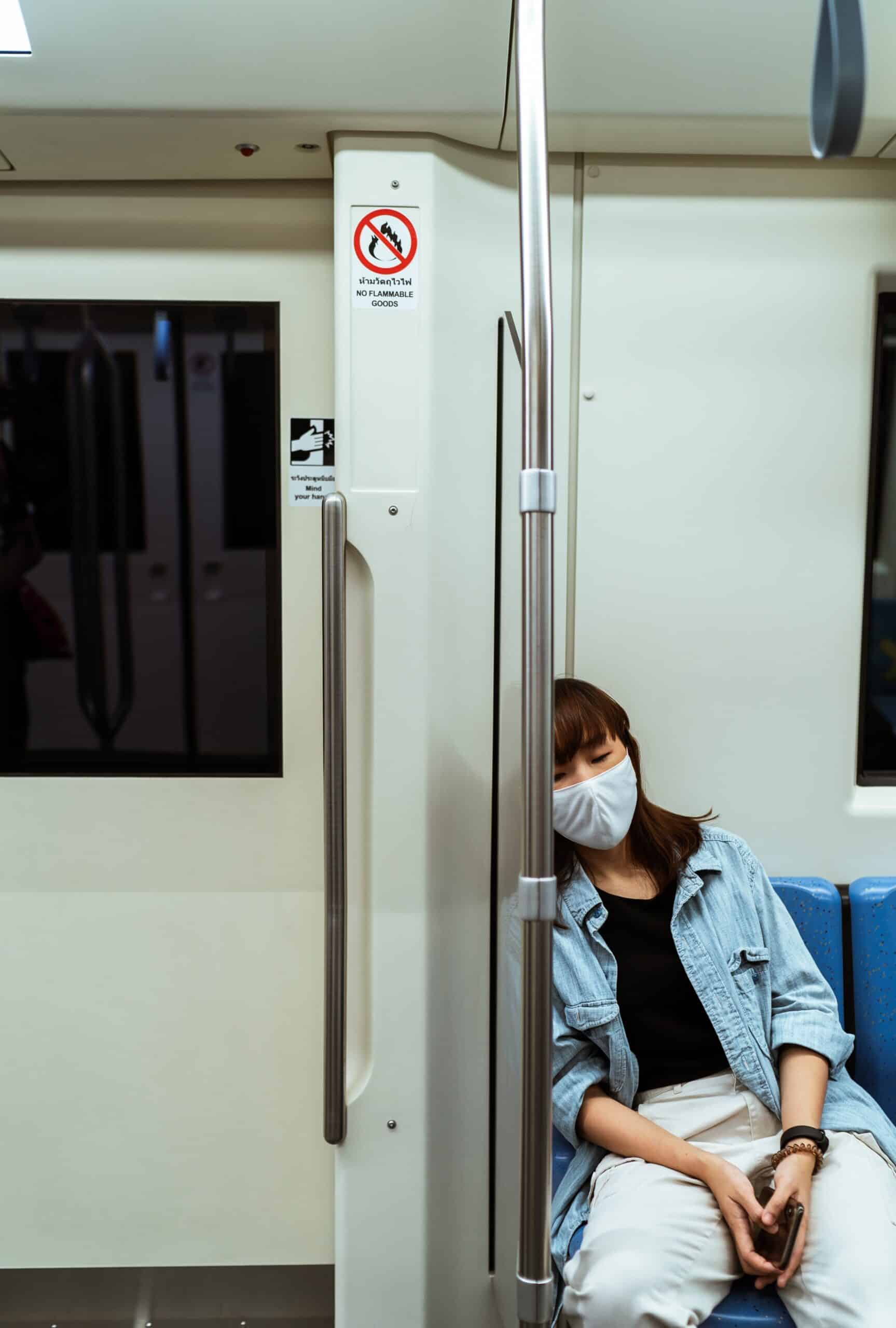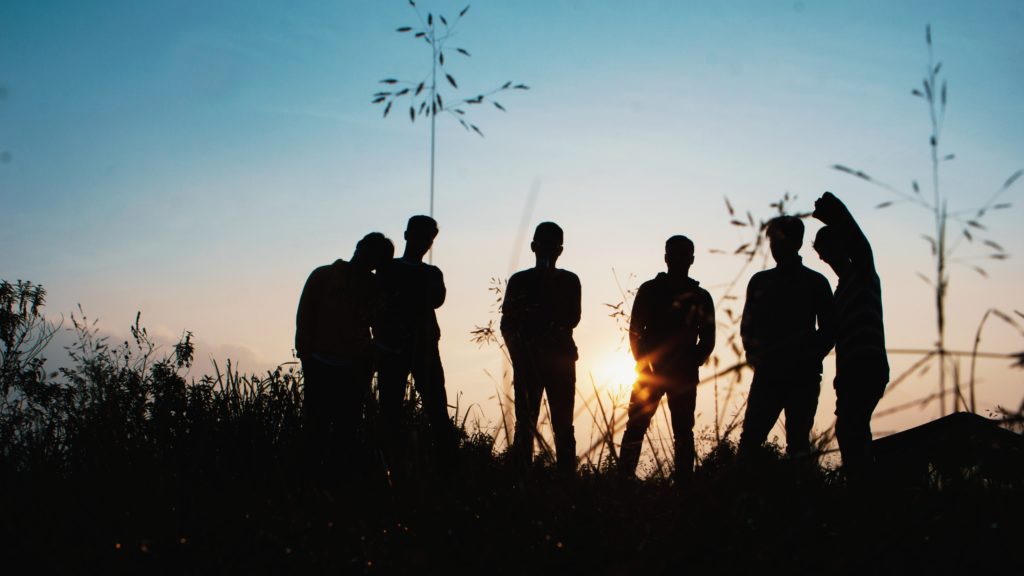Beyond the shelters and sleeping rough, there are many different forms of youth homelessness that can be difficult to see from the surface.
A significant proportion of hidden homelessness in Australia is experienced by young people. 122,494 people were estimated to be experiencing homelessness on Census night in 2021. Nearly a quarter (23%) were aged from 12 to 24 years, with many staying temporarily with other households, or in severely crowded dwellings.
Homelessness in vulnerable and at-risk youth takes on many different forms; crashing for a few nights at a friend’s house, couch surfing, sleeping in cars, or staying in overcrowded temporary accommodation. Termed “hidden homelessness” this housing instability is transient and difficult to record, meaning that many young people experiencing homelessness don’t necessarily appear in official homelessness statistics.
Sleeping in cars
As a last resort, it can be common for young people to sleep in their own or a friend’s car. Sleeping in cars, especially in isolated areas, can leave young people more vulnerable to theft, assault or harassment. There are also legal issues at play, as some areas have strict rules against overnight parking.
Health and wellbeing can be affected, with prologued exposure to extreme heat or cold, poor sleep quality and lack of access to proper bathroom facilities to maintain personal hygiene. Homeless youth often face disruptions in their education caused by a lack of access to a stable and secure home. Many struggle to attend school regularly, leading to lower educational outcomes and reduced employment opportunities down the track. This can perpetuate the cycle of homelessness.
Greater awareness of the issue of hidden homelessness is crucial, which is why we are holding our first Brisbane Backseat SleepOut on 26 October, which invites our industry to experience a night of sleeping in their cars.

Couch surfing
Couch surfing is a common survival strategy for young people who can no longer live at home due to family breakdown, domestic violence, substance abuse, mental health issues or poverty. In this scenario, young people have no choice but to constantly move between staying with acquaintances, friends and family members – sleeping on couches, floors, in foyers, halls, garages, or other unsuitable circumstances. This leads to an unstable and highly stressful living situation, both for the homeless youth and their hosts. This transient lifestyle can lead to significant detrimental effects on a young person’s education, mental health, and overall well-being.

Overcrowded dwellings
Young people who are forced to leave their family home, often find themselves living in overcrowded conditions where many people share a small dwelling. Severe overcrowding is defined by the ABS as households that need four or more additional bedrooms than they currently have.
Victims of domestic and family violence often experience this type of hidden homelessness, staying with friends or family temporarily to escape abusive situations, making them less visible to homelessness services. Ensuring safe and stable housing for survivors of domestic and family violence is crucial to addressing this issue. The recently announced Haven House Logan will support vulnerable young local mothers, many of whom have been affected by domestic and family violence, with an opportunity to stabilise their lives.

Hidden homelessness can be seen in urban areas but also in rural and regional parts of Australia. Limited access to affordable housing options, services, and employment opportunities can force people into hidden homelessness in these areas.
Decreased visibility
Due to its transient and invisible nature, accurately measuring and effectively addressing hidden homelessness can be very challenging. It is difficult to capture official statistics, which can lead to underestimations of the scale of the problem. To address hidden homelessness effectively, comprehensive data collection methods and improved outreach efforts are necessary.
Addressing hidden homelessness in Australia requires a multifaceted approach that includes providing affordable housing options, wraparound services, and increasing awareness of the issue to ensure that those experiencing hidden homelessness can put their lives back on track and be able to thrive in safe, secure and supportive homes.
Find out more about how we work with the property and construction industry to build homes for well-established youth homelessness charities to break the cycle of hidden homelessness.


